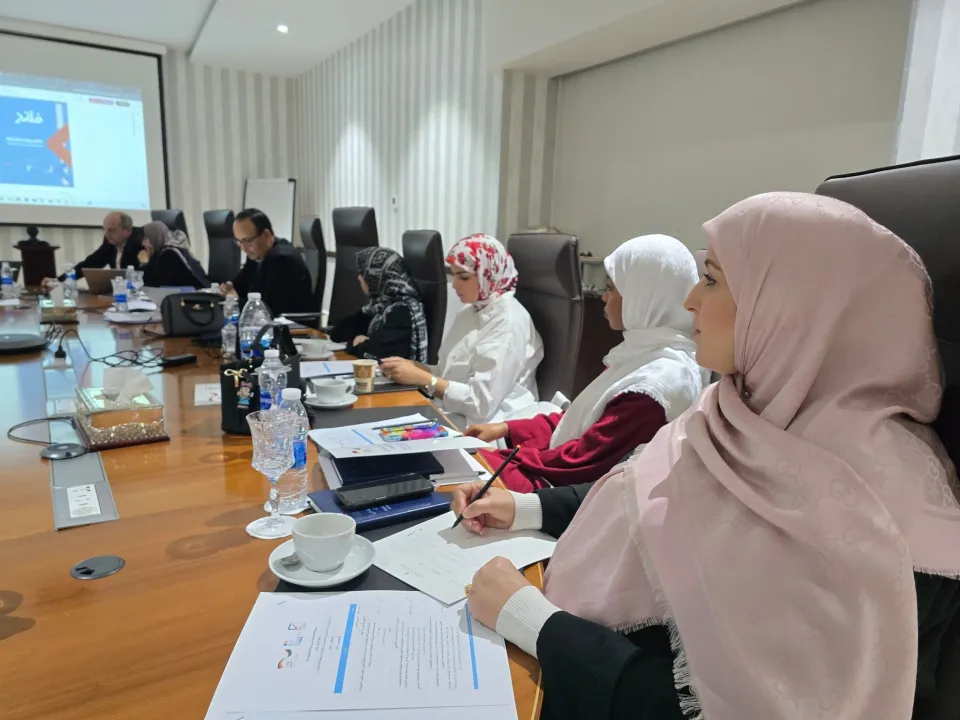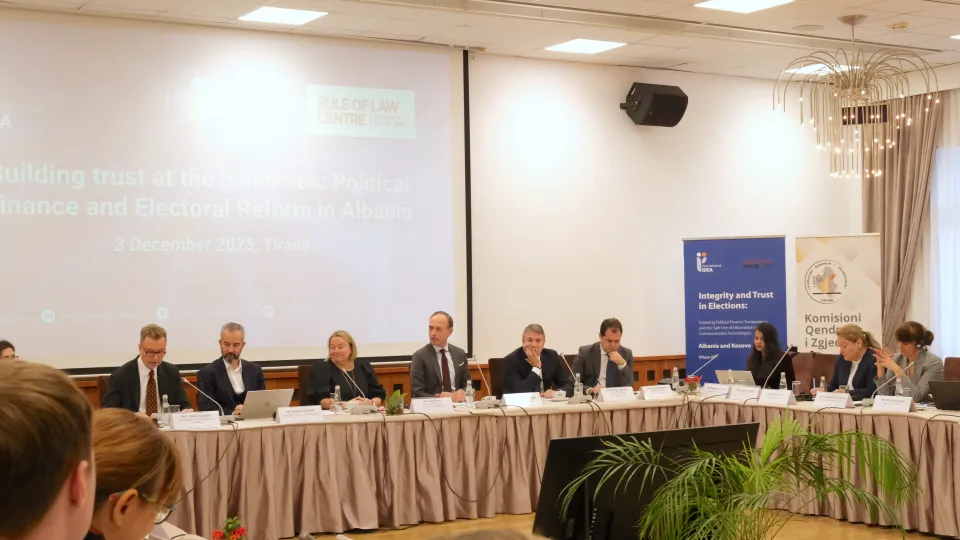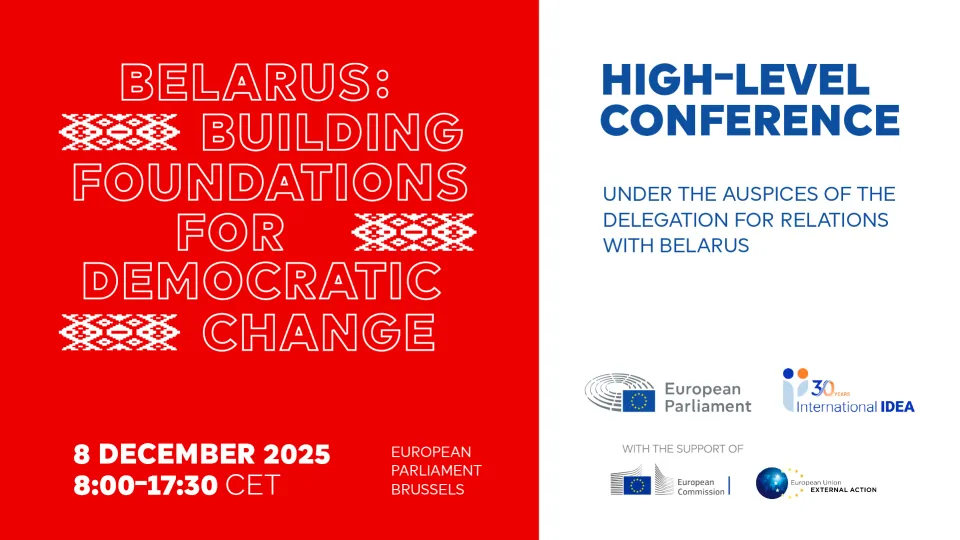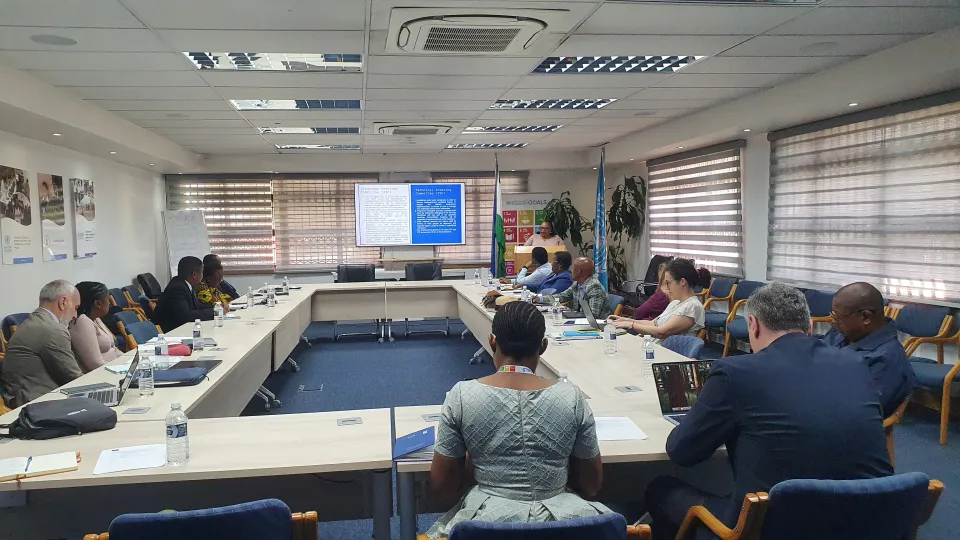‘Finland’s ‘tired’ democracy is ripe for reform, whereas Nepal is an emerging and developing democracy’
The Former Women Constituent Assembly Members Forum in Nepal organized a meeting with Hautala on 6 March 2014 to discuss the change in women’s status in Finland in the last 100 years and how that can inform the movement In Nepal.
IDEA’s Deepti Khakurel interviewed Heidi Hautala, Finnish politician, who visited Nepal to participate in the exhibition ‘100 years of Women’s Voices and Action in Finland’
Heidi Hautala meets with former Women Constituent Members, Nepal, March 2014. Photo ©: IDEA
Finland
In 1906, women in Finland gained the right to vote and to be candidates in elections, making them pioneers of women’s representation of the world. Women’s representation in 1907 started at 10 per cent, but has now reached 42 per cent. Finland has now 200 members of parliament of which 84 are women. Currently, Finland is using the open list PR system, without quotas. The system allows voters to directly vote for a particular candidate from a party list, and results are proportional to the votes the party gets.
In Finland, women are still struggling for equality and are particularly challenged by the issue of violence against women. In addition, they also face discrimination in how the media depicts women.
Finnish women play a very strong role in the economy hence they are well represented in the professions. This has elevated the position of women in the society, developed their capacity and contributed towards the establishment of an equal and just society.
In Finland the women’s caucus is a well-established informal network of women parliamentarians. In 1990 the caucus played a key role in establishing day care for children under 3 years to support working women. It is important to understand that advances in achieving gender equality in Finland occurred due to the role of women in labour market which was made possible by having access to day care.
Nowadays, discussions are about getting men on board to share family responsibilities with women.
Nepal
Nepal has adopted a range of women’s rights, including rights to inheritance and the quota system. And the number of women who managed to get elected to the Constituent Assembly (CA) with the list PR system, has not gone unnoticed.
A consensus emerged in the discussions that the political system needs to be transparent, (such as with the public disclosure of electoral finance) to facilitate the election of more women via direct election. More women will be elected if corrupt electoral finance practices are eliminated because access to adequate campaign funding is one of the major hurdles for getting women into office. Women too are seen generally to be less corrupt than men, which is also one of the reasons to have more women in leadership positions.
Some researchers have shown that without quotas women’s representation is unlikely to reach anything near 50 per cent. Finland is a good example of both contexts.
Interestingly, Finland is now a ‘tired’ democracy which needs reforming and renewal, whereas Nepal is a dynamic emerging and developing democratic system. Yet despite the differences between Finland and Nepal, both are still struggling to achieve gender equality.
Ms Heidi Hautala is a Finnish politician and a member of the Green Party. She served as the Minister for International Development from 2011-13, Member of the Finnish Parliament from 1991-95 and from 2003-09, and a Member of the European Parliament from 1995-2003 and again from 2009- 11. Hautala was also the Head of the European Greens Group in the European Parliament from 1999-2001 and chaired the Subcommittee on Human Rights from 2009-11. She was the Chairperson of the Green Party from 1987-91, and their presidential candidate in both 2000 and 2006. Currently she co-chairs The Green European Foundation. Hautala visited Nepal to participate in the exhibition ‘100 years of Women’s Voices and Action in Finland’.




